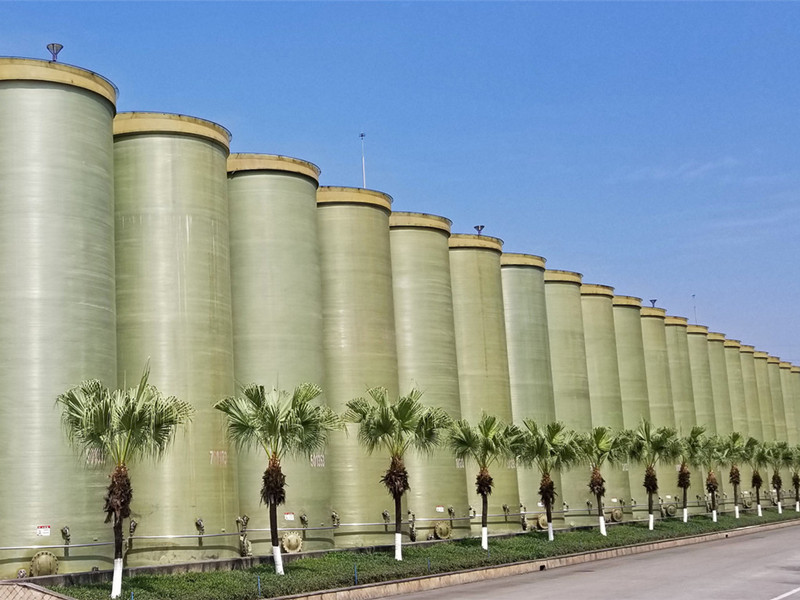
-
 Afrikaans
Afrikaans -
 Albanian
Albanian -
 Amharic
Amharic -
 Arabic
Arabic -
 Armenian
Armenian -
 Azerbaijani
Azerbaijani -
 Basque
Basque -
 Belarusian
Belarusian -
 Bengali
Bengali -
 Bosnian
Bosnian -
 Bulgarian
Bulgarian -
 Catalan
Catalan -
 Cebuano
Cebuano -
 China
China -
 China (Taiwan)
China (Taiwan) -
 Corsican
Corsican -
 Croatian
Croatian -
 Czech
Czech -
 Danish
Danish -
 Dutch
Dutch -
 English
English -
 Esperanto
Esperanto -
 Estonian
Estonian -
 Finnish
Finnish -
 French
French -
 Frisian
Frisian -
 Galician
Galician -
 Georgian
Georgian -
 German
German -
 Greek
Greek -
 Gujarati
Gujarati -
 Haitian Creole
Haitian Creole -
 hausa
hausa -
 hawaiian
hawaiian -
 Hebrew
Hebrew -
 Hindi
Hindi -
 Miao
Miao -
 Hungarian
Hungarian -
 Icelandic
Icelandic -
 igbo
igbo -
 Indonesian
Indonesian -
 irish
irish -
 Italian
Italian -
 Japanese
Japanese -
 Javanese
Javanese -
 Kannada
Kannada -
 kazakh
kazakh -
 Khmer
Khmer -
 Rwandese
Rwandese -
 Korean
Korean -
 Kurdish
Kurdish -
 Kyrgyz
Kyrgyz -
 Lao
Lao -
 Latin
Latin -
 Latvian
Latvian -
 Lithuanian
Lithuanian -
 Luxembourgish
Luxembourgish -
 Macedonian
Macedonian -
 Malgashi
Malgashi -
 Malay
Malay -
 Malayalam
Malayalam -
 Maltese
Maltese -
 Maori
Maori -
 Marathi
Marathi -
 Mongolian
Mongolian -
 Myanmar
Myanmar -
 Nepali
Nepali -
 Norwegian
Norwegian -
 Norwegian
Norwegian -
 Occitan
Occitan -
 Pashto
Pashto -
 Persian
Persian -
 Polish
Polish -
 Portuguese
Portuguese -
 Punjabi
Punjabi -
 Romanian
Romanian -
 Russian
Russian -
 Samoan
Samoan -
 Scottish Gaelic
Scottish Gaelic -
 Serbian
Serbian -
 Sesotho
Sesotho -
 Shona
Shona -
 Sindhi
Sindhi -
 Sinhala
Sinhala -
 Slovak
Slovak -
 Slovenian
Slovenian -
 Somali
Somali -
 Spanish
Spanish -
 Sundanese
Sundanese -
 Swahili
Swahili -
 Swedish
Swedish -
 Tagalog
Tagalog -
 Tajik
Tajik -
 Tamil
Tamil -
 Tatar
Tatar -
 Telugu
Telugu -
 Thai
Thai -
 Turkish
Turkish -
 Turkmen
Turkmen -
 Ukrainian
Ukrainian -
 Urdu
Urdu -
 Uighur
Uighur -
 Uzbek
Uzbek -
 Vietnamese
Vietnamese -
 Welsh
Welsh -
 Bantu
Bantu -
 Yiddish
Yiddish -
 Yoruba
Yoruba -
 Zulu
Zulu
FRP Desalination Systems for Enhanced Water Treatment Efficiency with Pipes and Fittings
Efficient Water Treatment with FRP Desalination Pipes and Fittings
In an era where freshwater scarcity is becoming an increasingly pressing global issue, innovative technologies in water treatment are paramount. Among these, FRP (Fiberglass Reinforced Plastic) desalination pipes and fittings have emerged as a game-changer for efficient water treatment solutions. This robust material offers numerous advantages over traditional piping systems, making it a preferred choice for desalination plants worldwide.
FRP pipes are renowned for their exceptional resistance to corrosion, which is particularly vital in desalination processes that involve seawater. Unlike metal pipes that can corrode over time due to saltwater exposure, FRP maintains its structural integrity and performance, ensuring a longer lifespan with minimal maintenance requirements. This resilience not only reduces replacement costs but also leads to a more sustainable and environmentally friendly operation.
The lightweight nature of FRP is another striking advantage. These pipes are significantly lighter than their metal counterparts, simplifying installation and reducing labor costs. The ease of handling and transportation contributes to faster project completion times, which is essential for meeting the growing demand for fresh water in various regions. Additionally, less structural support is needed, further optimizing the overall design and cost-effectiveness of desalination facilities.
frp desalination pipes and fittings for efficient water treatment

FRP pipes also boast excellent thermal insulation properties, minimizing heat loss during the water desalination process. This efficiency translates into reduced energy consumption, an essential factor in the operational costs of desalination plants. As energy prices continue to rise, having an energy-efficient system becomes paramount for long-term viability.
Moreover, the versatility of FRP allows for a wide range of fittings and accessories. Customization plays a crucial role in enhancing the efficiency of the piping system, accommodating various design needs and operational parameters. From reducers to elbows, FRP fittings ensure a seamless integration within the overall water treatment infrastructure.
Furthermore, the smooth internal surface of FRP pipes reduces friction, allowing for improved flow rates. This characteristic enhances the efficiency of the entire desalination process, which is vital for meeting the increasing global demand for potable water.
In conclusion, FRP desalination pipes and fittings play a vital role in modern water treatment solutions. Their durability, lightweight properties, energy efficiency, and adaptability make them an indispensable choice for desalination plants aiming to provide fresh water sustainably and efficiently. As we face mounting challenges in water scarcity, embracing such innovative materials will undoubtedly pave the way for smarter, more efficient water management practices.









